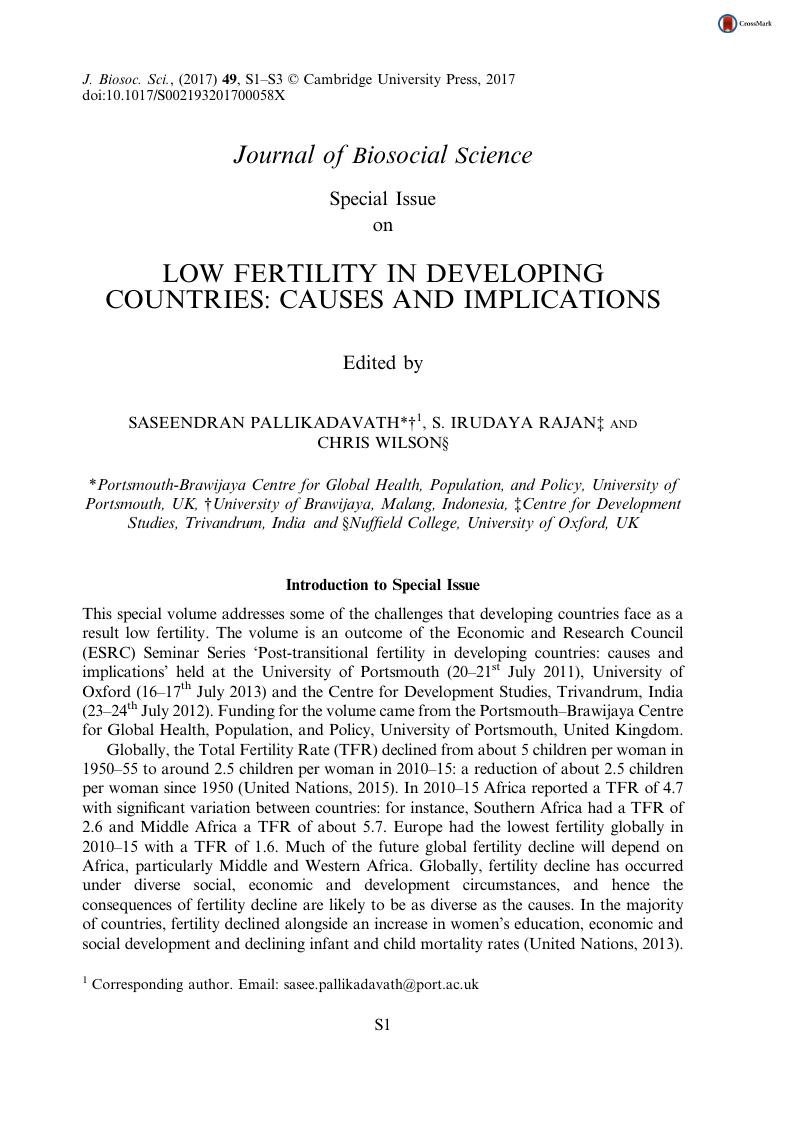Crossref Citations
This article has been cited by the following publications. This list is generated based on data provided by Crossref.
Utari, Dyah
2022.
Indonesia mixed contraception method skewness background 1997-2012: A mixed method study.
F1000Research,
Vol. 11,
Issue. ,
p.
1266.
Omerović, Aida
Pajek, Sandra
Anzeljc, Veronika
and
Mujezinović, Faris
2022.
Labor induction: change of indications and outcomes over time and future trends — a retrospective analysis.
Clinical and Experimental Obstetrics & Gynecology,
Vol. 49,
Issue. 5,


